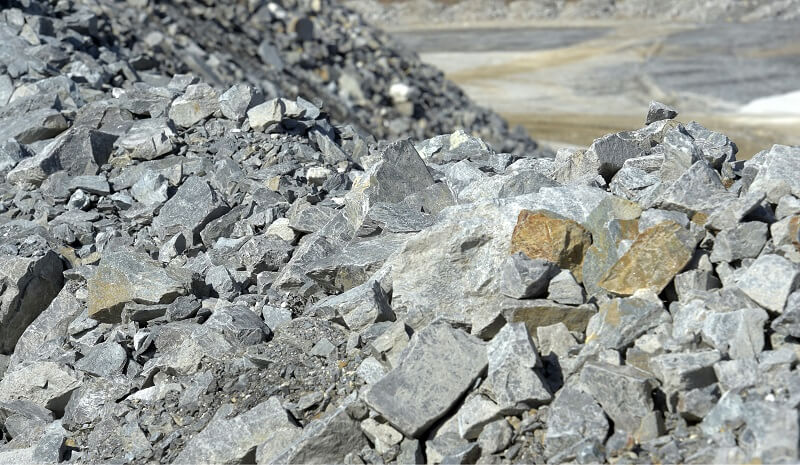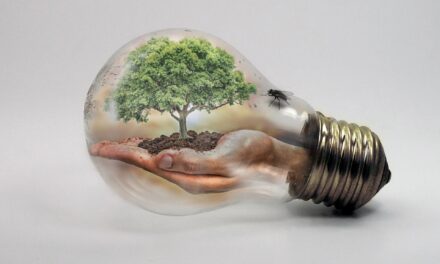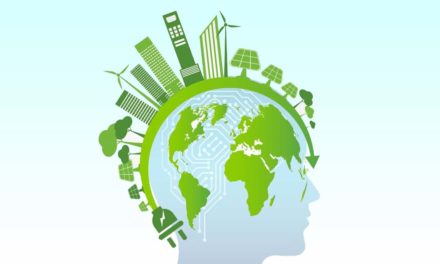The ongoing humanitarian crisis following the hostile takeover of the Taliban in Afghanistan is not the only problem that the country is currently facing. In addition, the takeover’s impact on the economy also needs to be taken into serious consideration, particularly with regard to the immense amount of rare earth assets that could drastically change Afghanistan’s future with proper development.
Sitting between South and Central Asia, Afghanistan has long been considered one of the world’s most undeveloped economies. But the country is actually hiding a hidden treasure trove: rare minerals whose estimated total cost can easily run to $1 trillion.
While gold, copper, and iron can be found throughout the country, one particular mineral could change the game for everyone: the presence of lithium. This is the element used for rechargeable batteries and other means for battling climate change – under Afghanistan.
What are the challenges that need to be addressed?
Many economists and social scientists believe that, despite the vast amounts of resources underground, Afghanistan is one more country that has fallen to what they call a “resource curse.” Essentially, this is when governments try to extract (and, often, exploit) natural resources, but fail to make a difference in their national economy and the lives of their people.
The biggest thing that is keeping engineers and others from digging up these resources is, of course, the ongoing armed conflict within the country. Having to deal with the Taliban is one thing, but other security challenges – mercenaries near dig sites, the constant danger of armed attacks – have also deterred people.
The climate is another issue. Over the past decades, drought and extremely arid conditions have prevented the extraction of minerals from the area. Infrastructure is also a cause for concern as both socio-political and environmental conditions have deterred most mining companies from placing facilities in the country.
Nevertheless, mining companies from neighboring countries like India and Pakistan and some from as far away as China are presenting plans for extracting these minerals and improving the Afghan economy.
The gamechanger
But the presence of these elements in Afghanistan could be a gamechanger in the fight against climate change.
According to the International Energy Agency (IEA), elements mined from Afghanistan could contribute to the growing need for rare earth elements that can be used for “clean” technologies. In fact, a report by the US government states that the amount of lithium that can be extracted from the country can easily rival the output of Bolivia, currently known as the world’s largest source of lithium.
As it stands, however, the bulk of Afghanistan’s mineral assets remain unmined and the mineral trade in the country generates a paltry $1 billion annually, much of which is normally lost to corruption. What is crucial now is for the Taliban to rethink its archaic mindset and bring in those who understand and can help their country maximize its assets for a better economic future.















